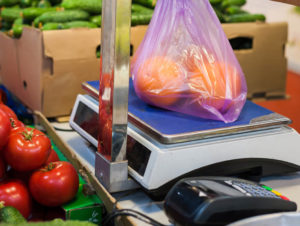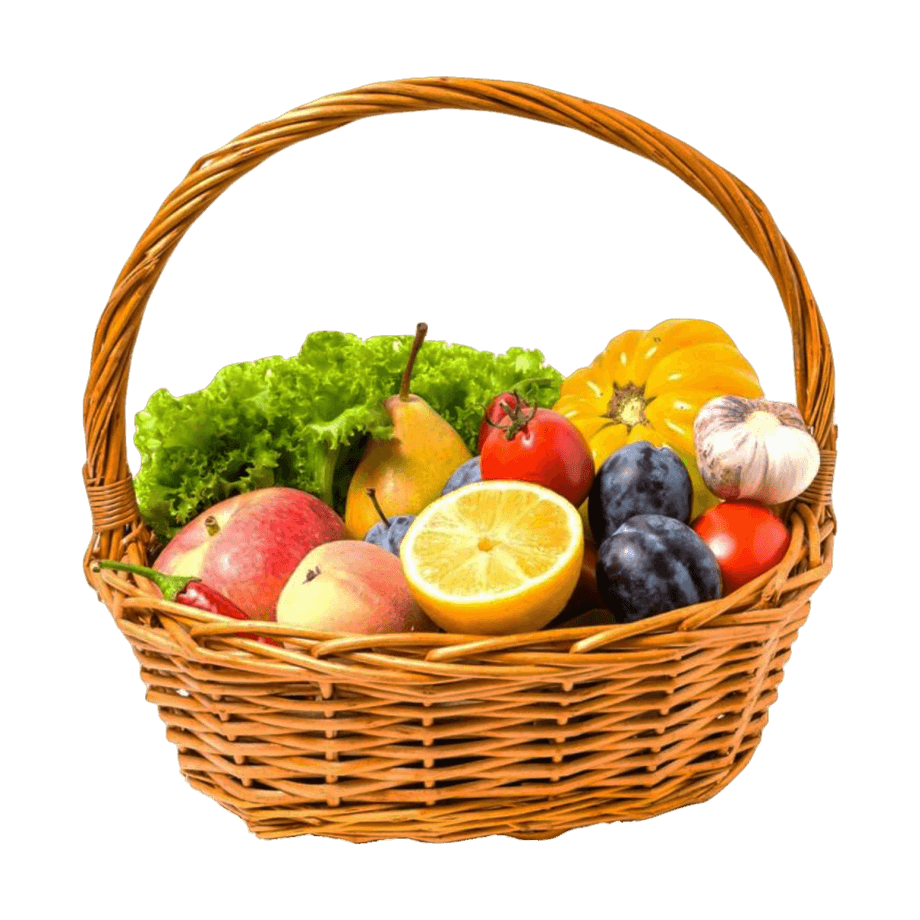Retail - Fresh Fruits & Vegetables
Fresh fruits and vegetables, being essential for the general public’s daily needs, are consumed frequently and create an attractive market opportunity. In the digital age, traditional small merchants aspiring to enter the fresh food retail sector must adapt by utilizing applications, intelligent hardware devices, and data analysis tools. This enables them to effectively manage various aspects such as fresh product quality, order and inventory management, loss control, and pricing strategies. By leveraging these tools, small merchants can enhance the market competitiveness of their stores.
Merchants are adopting modern smart POS systems and establishing digital connections with electronic scales, electronic payment platforms, and delivery platforms. By utilizing these technologies, they simplify their operations in the fresh food retail industry.
When setting up their goods, merchants can easily synchronize the product names, codes, and unit prices of fresh fruits and vegetables to the POS and electronic scales by simply importing an Excel file. This eliminates the need for extensive manual input, saving valuable time and effort. Typically, when purchasing fresh fruits and vegetables in bulk, merchants use scales to measure the weight and determine the corresponding price during packaging. They then print barcode price tags and attach them to the outer packaging bags. During checkout, the scanner reads the barcode price tags, allowing the POS system to instantly identify the product code, price, and weight. This streamlined process enables customers to choose electronic payment methods. As the transaction is completed, the system automatically deducts the sold goods from the inventory, greatly improving the overall operational efficiency of the store.
In addition, the seamless connection between the POS system and the delivery platform opens up new opportunities for fruit shop sales, expanding their reach and customer base.
Through the implementation of smart POS systems, store owners have the ability to collect data and analyze the consumption patterns of fresh fruits and vegetables. This invaluable information can be accessed conveniently on their smartphones, allowing them to identify popular products and ensure timely restocking. Moreover, store owners can develop targeted promotion plans and loyalty programs based on customer preferences and needs, leveraging this knowledge to enhance customer engagement and expand sales. By offering rewards and incentives, they can foster customer loyalty, ultimately leading to increased profits.









